
By Jim Boyce | I did a whirlwind ten-winery tour of Ningxia in May. After stops at Pushang, known for its Marselan, and Aromes, known for a focus on natural wine, I joined writers from England, Germany and Switzerland for eight stops with organizer Changyu-Moser XV.
I’ve posted five photos for each winery as well as a write-up, a short one given that I misplaced my notes. (It happens.) I especially wanted to try Marselan, given I launched World Marselan Day this year. Here are the ten stops in chronological order.
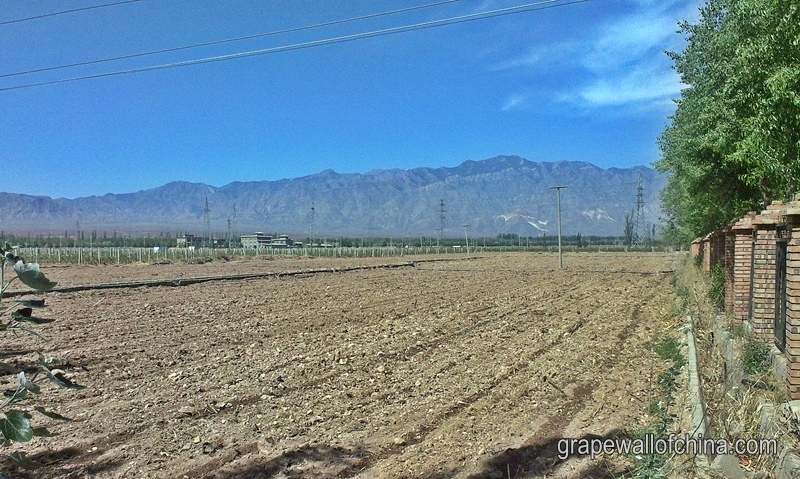
Pushang
We started with a nice view of the Helan Mountain range that blocks the desert and heavy winds to the west. Then we headed to the tasting room. Pushang is well-known for its Marselan and we tried a barrel sample from 2017 that showed less moodiness and more vibrancy than the 2016. Winemaker Jiang Jing adds a touch of Cabernet Sauvignon but cut it from 10 percent to 5 percent for this last vintage. Ningxia Marselans can be hard to find but I did spot Pushang at Yinchuan airport, in the Xi Xia King wine shop, for rmb298.
Aromes
Aromes is run by Sun Miao and Peng Shuai, who met in high school, studied in France, are completing doctorate degrees in their home region of Ningxia, and are keen about natural and biodynamic wines. Their winery is a nondescript shed down a dusty road behind a locked gate. But the cellar is a cool place — both in terms of temperature and vibe — and stocked with wines atypical for Ningxia. The Cabernet had rich vibrant fruit and an eye-opening brambly-ness. And the tiny bottles — 187 ml — are perfect for sharing. Production is small, I think less than 20,000 bottles, but the Cabernet and Chardonnay are worth tracking down.

Changyu-Moser XV
This sprawling Loire-eseque complex just marked its fifth birthday. It pairs Changyu, China’s oldest and biggest producer, with Lenz Moser of Austria. (This is a nice fit given an early consultant at Changyu, launched in 1892 in Shandong, hailed from Austria.) CMXV includes a museum, cellar, tasting room, retail area and more, with 4000 hectares of vineyards and a capacity of over 10 million bottles. I will post separately about the extensive tasting we did. You can also check these 60 photos I posted for the winery’s fifth birthday.
Lilan
Owner Shao Qingsong made his money in the fashion business and now produces over 200,000 bottles of wine per year. This is a sleek operation that uses a gravity flow system and has a heavy focus on Cabernet Sauvignon and Merlot, pretty much the regional grape default. These are ripe wines with ample oak. Lilan also used to make Pinot Noir, but this apparently was not lucrative, though Shao did open a bottle for us. I’ll have more on this winery soon.
Helan Qing Xue
With commercial vintages dating to 2005, this ranks among the region’s veteran boutique producers. Managed by Rong Jian, a former government official and key figure in kick-starting the local wine industry. I’ve often had the Cabernet blends made by Zhang Jing (below), so it was fun to try her Pinot Noir — not my thing but appreciated by the Europeans and a Marselan barrel sample. The latter was a portrait in purple: fresh and floral (think violet), with dark berry, vanilla and sweet oak aromas. Vibrant and juicy, it was bursting with personality. Anticipating the final product!
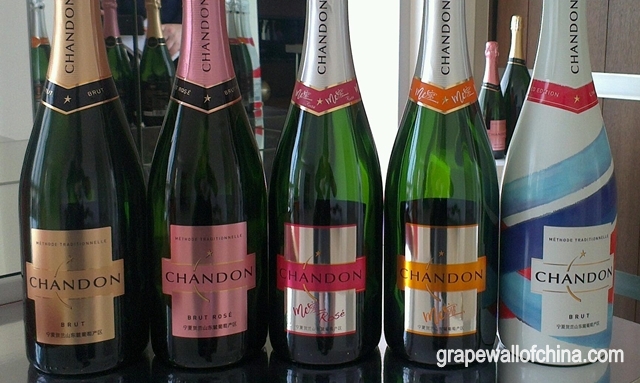
Chandon
Sibling to operations in Argentina, Australia, Brazil, India, the United States and, of course, France. Chandon launched a few years ago with a brut and brut rose, enjoyable Champagne-method bubblies sold at a fair price. (About rmb160 in shops in my Beijing neighborhood.) The lineup has expanded to include a trio of sweeter options. Chandon has a spacious and attractive tasting room and lounge. The winery’s facade (below) is meant to evoke the region’s barren winter vineyards, when the vines are buried to protect them from the harsh weather, but seems a bit depressing, no?
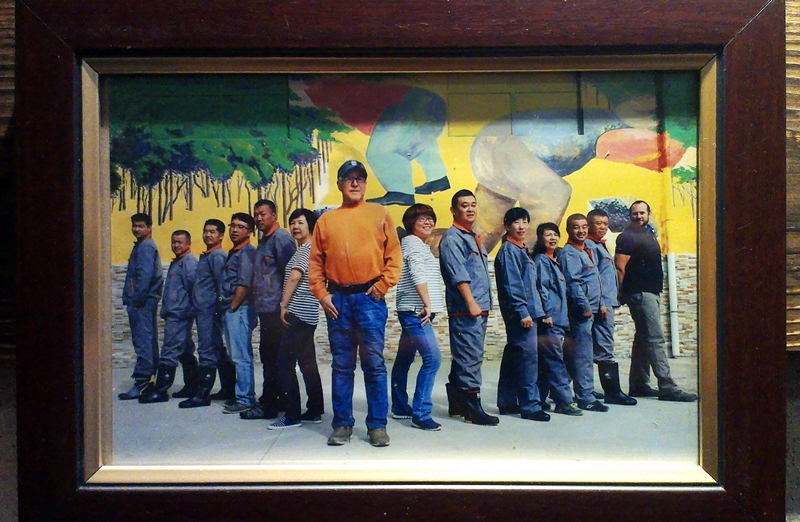
Kanaan
Kanaan burst onto the scene a few years back with juicy ripe reds and a pair of fun whites, one a dry Riesling, the other an off-dry white blend. It has done some fun collaboration, too, including with Teeling in Ireland, which aged its whiskey in barrels used for Kanaan’s “Pretty Pony” Cabernet blend. Kanaan also moved its entry-level whites under screw cap this year. The unexpected happened during our visit: a friend sent me a message that he was at Kanaan but unable to buy wine. He had no idea I was out back doing a tasting! I came out, we found a staff member and she eventually figured out the prices. Seems Kanaan is easier to get in Australia — via Dan Murphy’s — than in its own region! In any case, my friend ended up with Pretty Pony and the semi-sweet white, two pretty good choices.
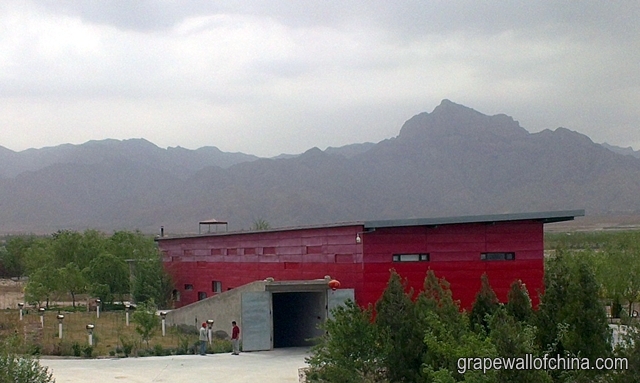
Silver Heights
This family-owned operation helped put Ningxia on the map a decade ago when it made wine in a shed within Yinchuan city limits. Now it has much bigger facilities near the mountains and, since 2015, used its own fruit after nearly a decade experimenting with other vineyards. Gao Lin heads Silver Heights while Bordeaux-trained Emma Gao, his daughter, handles the wine-making. Along with producing Cabernet-driven blends and Chardonnay, she is working with grapes like Pinot Noir and Petite Verdot. The Emma’s Reserve, sold by magnum for about rmb2,000, was among the finest wines we tried on our tour.
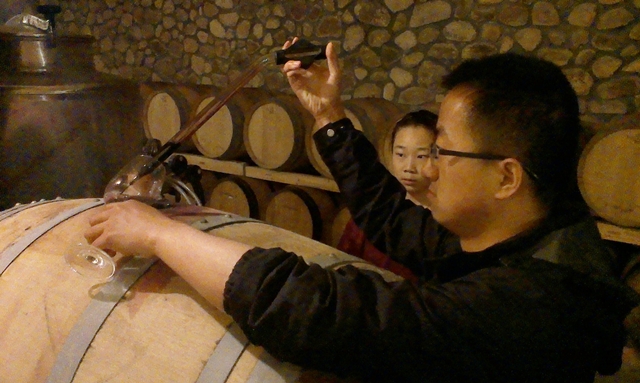
Yuanshi
The staff at this stunning winery, a tribute to local stone and wood products, treated us to barrel samples of delicious Marselan. (Yuanshi also lists a few unexpected grapes, including Vidal and Petit Manseng, although I haven’t tried any of the ensuing wines.) It is hard to beat this place for sheer beauty and, after a relaxing tour, we settled down for a tasting in a cavernous events room with soaring ceilings, seating for more than one hundred, and a round window meant to capture sunlight by day and moonlight by night. One of the few wineries in Ningxia where I consistently see tourists. If memory serves, wines start at about rmb150 in the retail area.
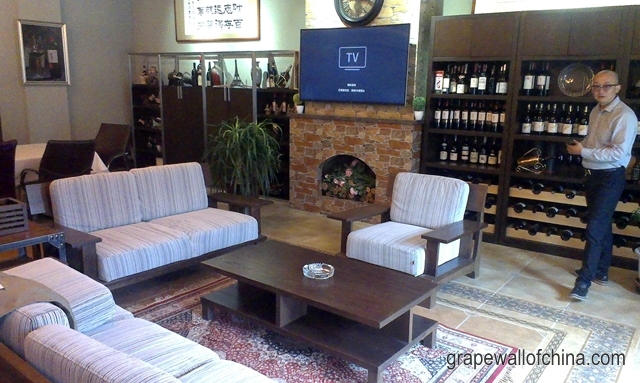
Legacy Peak
With vineyards planted in 1997, this was long a magnet for those seeking quality fruit. Then the owners decided to use those grapes themselves about five years ago. Legacy Peak is run by Liu Hai, though it was his father, Liu Zhongmin, who planted the vines with the encouragement of Wang Fengyu, who is heavily involved in Helan Qing Xue and father of Kanaan manager Wang Fang. Lots of connections in Ningxia!
The senior Liu gave us a tour while providing historical anecdotes, like the one about a Mongolian army that invaded this area south of the Great Wall centuries ago, burned everything to the ground and gave a special fertility to the land. He also noted the royalty buried in the nearby Xi Xia tombs might give the terroir some extra oomph.
Veteran winemaker Zhou Shuzhen, who has consulted at operations like Kanaan, Jade Vineyard and WENS, turns the grapes here into some of the region’s top wines. The creamy elegant Chardonnay is a favorite while the reds are bursting with ripe fruit.
Li’s Family
We ended our trip with an unexpected visit to Li’s winery for dinner. The vineyards feature Cabernet Sauvignon, Merlot, Marselan, Shiraz and Chardonnay grapes but the star this night turned out to be Li himself, who whipped out his guitar after a superb meal, including delectable lamb done Peking duck style, and sang songs in several languages. We’ll have to go back for a wine tasting!
All in all, a fun trip, and one that included a tasting at the wine bureau. The lineup there included a half-dozen wines from the second Ningxia Winemakers Challenge, a two-year project that featured 48 winemakers from 17 countries and in which I was involved. And also one of the tastiest drops of the trip, a shiraz from Hedong that cost an eye-popping rmb2,000. Thanks to Lenz Moser of Moser-Changyu XV for inviting me on this tour and to Chen Shu for getting me to those first two wineries.
Grape Wall has no sponsors of advertisers: if you find the content and projects like World Marselan Day worthwhile, please help cover the costs via PayPal, WeChat or Alipay.
Sign up for the free Grape Wall newsletter here. Follow Grape Wall on LinkedIn, Instagram, Facebook and Twitter. And contact Grape Wall via grapewallofchina (at) gmail.com.




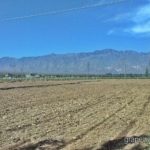
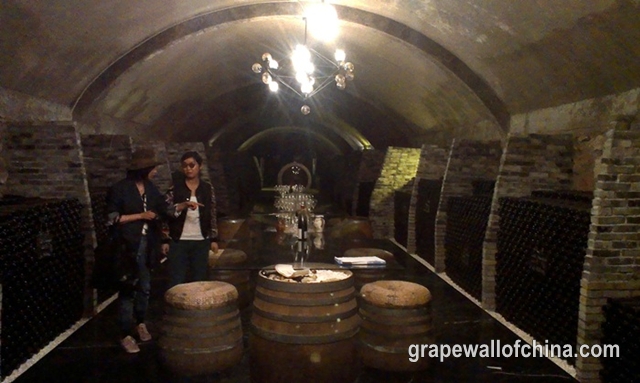


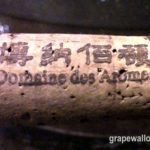
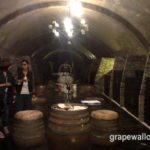


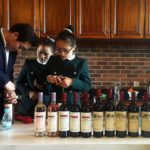

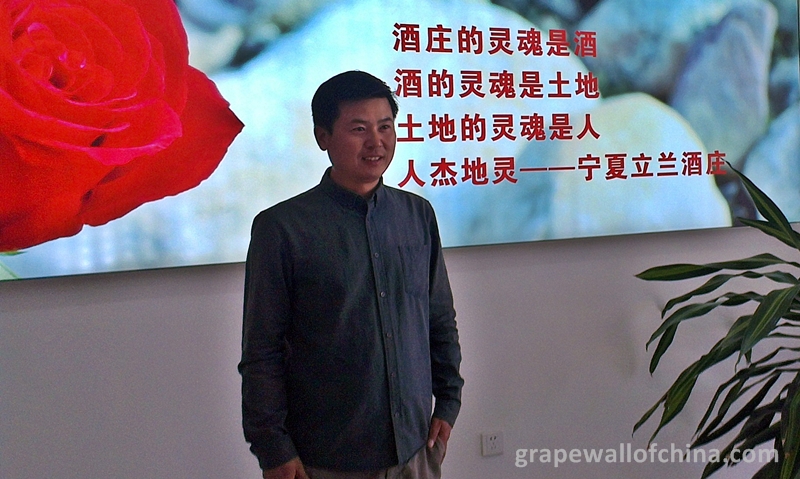


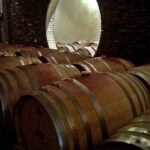
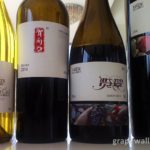
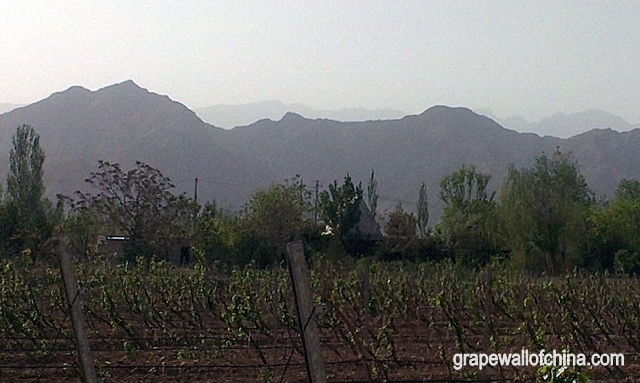





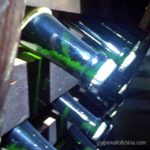



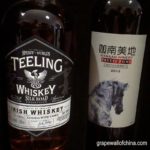


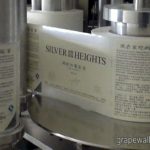
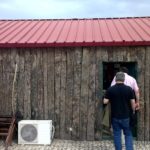

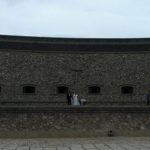






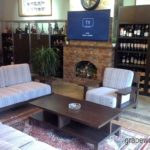

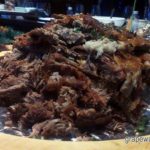
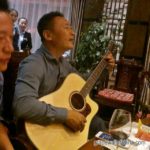

Leave a Reply
You must be logged in to post a comment.